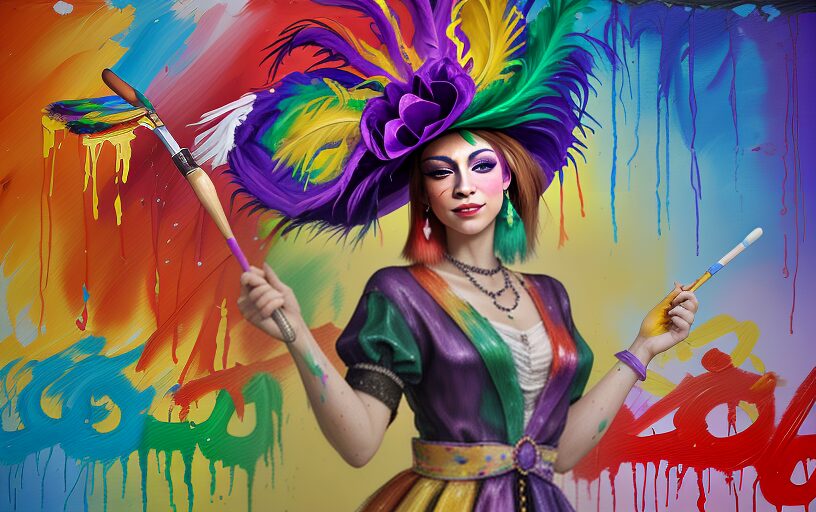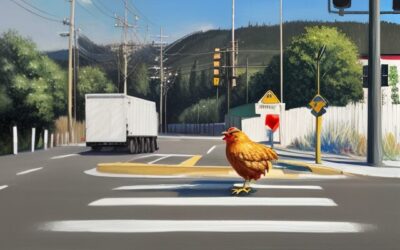Happy Mardi Gras, a celebration of feasts, mythical powers, and indulgence in all our favorite food and drink. Mardi Gras is French for “Fat Tuesday,” “mardi” means Tuesday, and “gras” means fat. Beginning in seventeenth-century France, it is the celebration before Ash Wednesday and lent. Preparation for the hard coming weeks of temperance and abstinence from fatty foods.
In 1710, French explorers found what we know today as Mobile, Alabama. Arriving just before Mardi Gras, they began to celebrate, and as quickly as that, the festivities took hold. Secret societies formed as more immigrants moved and locals took part as well. New Orleans was established in 1718 when the celebration soon moved. While New Orleans is the home of Mardi Gras today, Mobile was the original proprietor of the parades and festivities, which stopped in 1861.
In the formative years of New Orleans, high society balls celebrated Mardi Gras. By 1781 the first carnival was held for the rest of New Orleans to celebrate. As the city grew and soon became one of the largest international ports in the world, it was home to dozens of cultures from around the world. The festival grew, as did the city, incorporating a wide variety of people, foods, and traditions.
One of the most easily recognized traditions of Mardi Gras is the extravagant floats that parade up and down the city all day and night. The secret societies that began the festival are known as “krewes.” Every krewe has its own float, run by the “Krewe House of Floats.” Showing off their mythical and mysterious costumes, dances, and songs, every float has something to offer. Traditionally, every float tosses beads, flags, and trinkets for everyone. In 2022, nearly a thousand floats were a part of the parade.
The colors of Mardi Gras are gold, purple, and green. Most people tell a story of the King of Carnival, Rex, hosting Russian royalty and honoring them with these colors. At the time, nobody knew what the colors meant, but it was deigned that every balcony be draped with them. In 1892, Rex defined the colors in the “Symbolism of Colors” parade. Gold for power, purple for justice, and green for faith. However, 125 years later, on the anniversary, historians found that this was not the case. In fact, there is no traceable history as to why these beautiful colors are the choice. What we do know is that our king cake is delicious and that our glasses are nearly empty. Keep celebrating, and happy Mardi Gras.
More Helpful Articles
Celebrate Halloween Bay Area Style!
Happy October! As you prepare for your Halloween festivities this year, we invite you to celebrate with a little Bay Area twist. The Bay Area is an important hub for entertainment and exciting personalities, with decades of history to prove it. Here are some of our...
Bay Area Pumpkin Patches!
Happy Fall! As temperatures begin to drop, and Halloween decorations can be found in every store, it is time to head to a pumpkin patch to get in the spooky spirit! With Half Moon Bay, nicknamed the World Pumpkin Capital, just around the corner, there is no shortage...
Traffic Safety in the Bay Area
Why did the chicken cross the road? To get to the other side (as San Francisco drivers yield). In a city known for its creativity and eclectic antics, the San Francisco Police have recently taken traffic enforcement to a new height: inflatable chicken costumes. A...






Recent Comments